Memes vs The World
This is our meme world, everyone else is just living in it.
twitter.com 2 conversations 🧡This is our meme world, everyone else is just living in it.
With this quote by bitstein I began my talk about “memes” and “the world” at the BTC Zitadelle this weekend. 👇

My talk wasn’t about memes, since I wouldn’t be able to top Bitstein’s talk anyway.
It was about the difference between memes and the world.
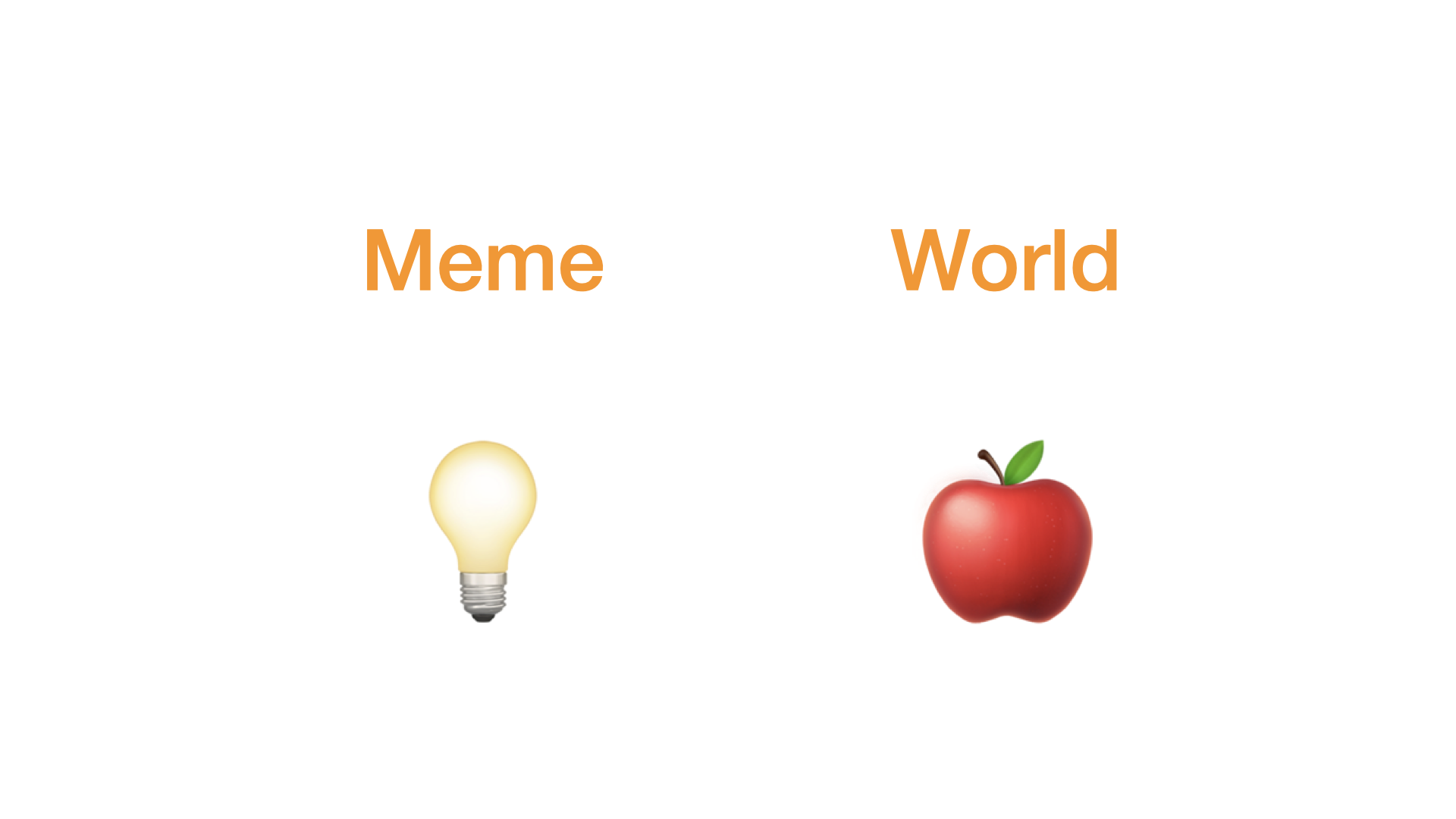
Memes are thoughts, ideas, information.
[A meme is] a unit of cultural information, such as a cultural practice or idea, that is transmitted verbally or by repeated action from one mind to another.

Our world is not made up of memes, but of objects. It is made up of tangible things that obey the laws of physics.
Informational constructs and physical objects are very different. They behave differently. We can use these differences to our advantage.

In the English language the phrase “The map is not the territory” captures it well. A map can lie, reality - by definition - can not.
A map might resemble the territory, but it will always be imperfect, since there never is and never will be a one-to-one mapping between map and territory. There can’t be.

Artists know this. Philosophers know this. We, as a society, know this. The map is not the territory. This is not a pipe.
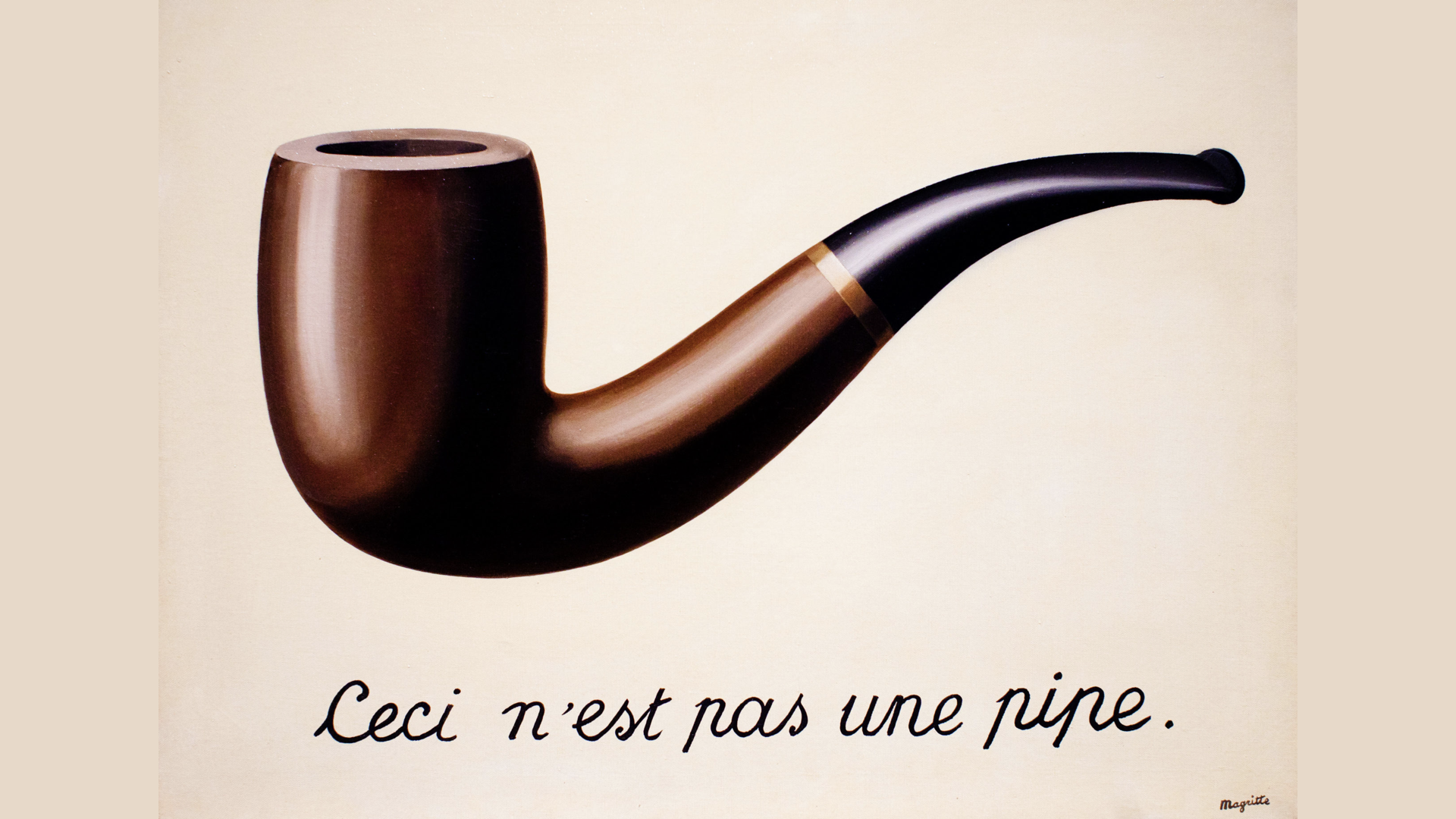
As a side note, this is also the root of the evil that is fiat money. Fiat money is a map without an underlying reality. The map decoupled from the underlying reality of gold and silver over time.
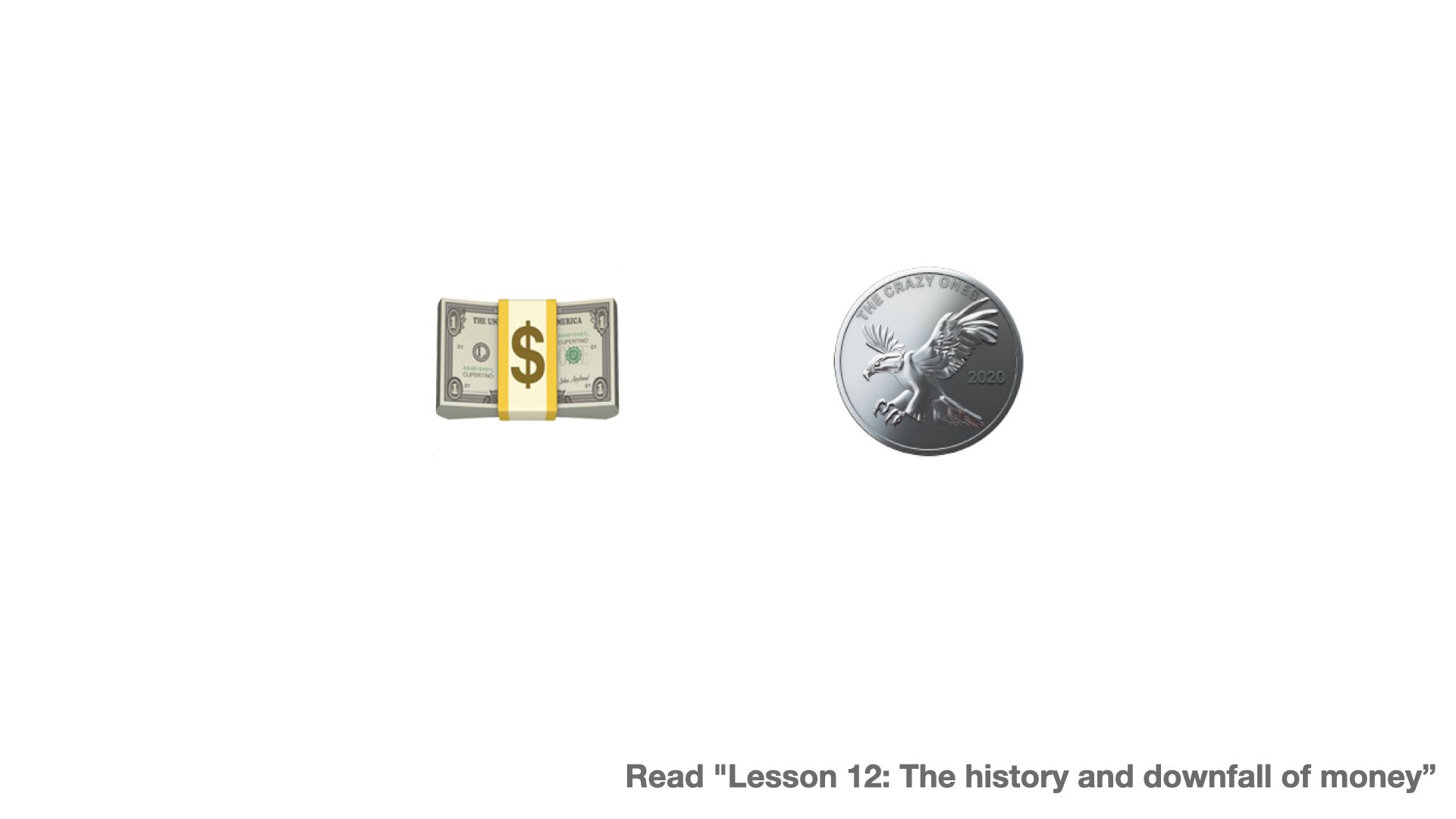
Back to information vs objects: information can be shared freely. It isn’t scarce like physical objects. You can share an idea without losing your idea. The only way to “move” information from one medium to another medium is to copy it.
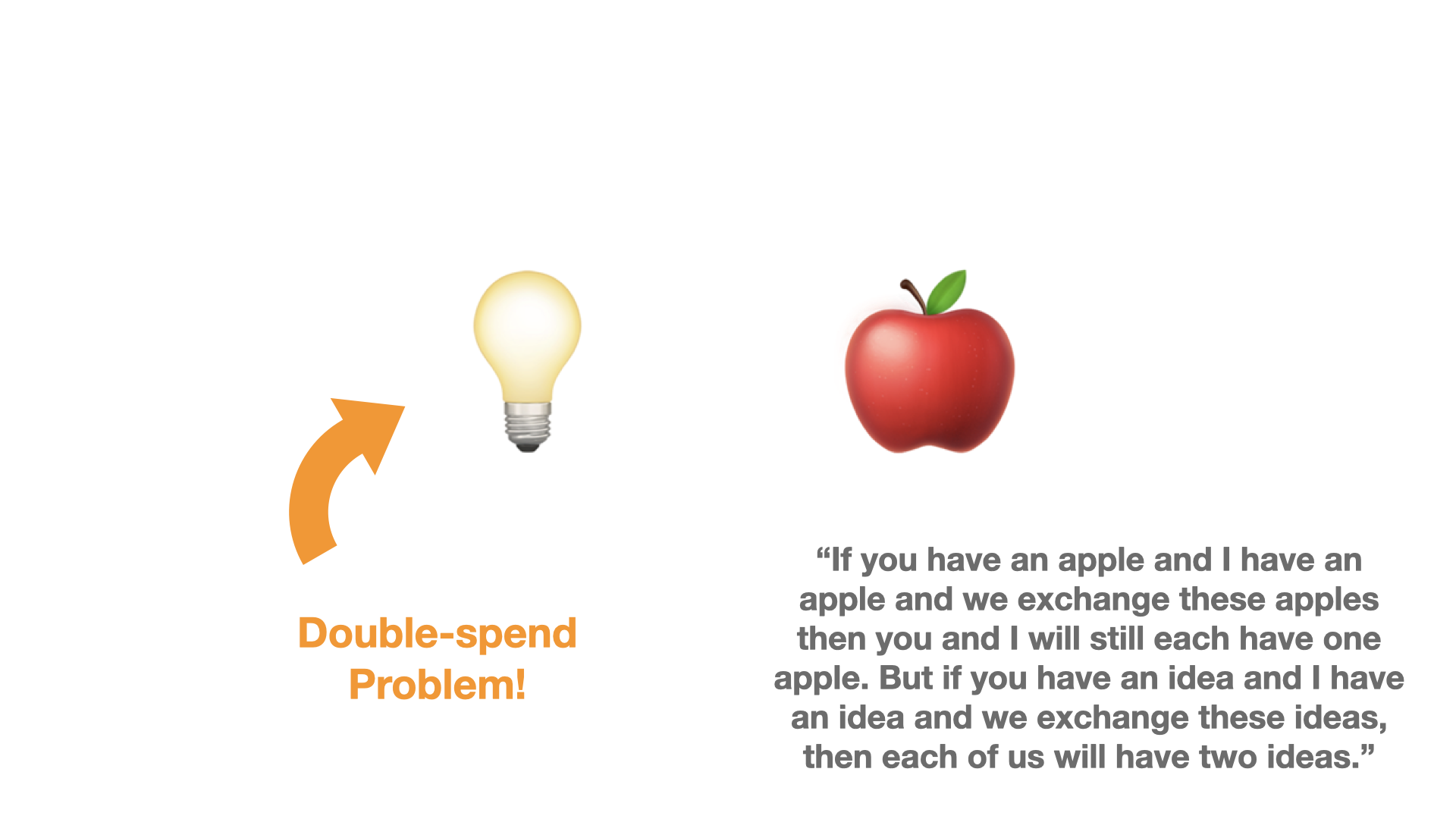
This is important because money is information.
There are two ways to represent monetary information: informational lists, and physical tokens. “Ledgers” and “tokens” both represent who owes what to whom.
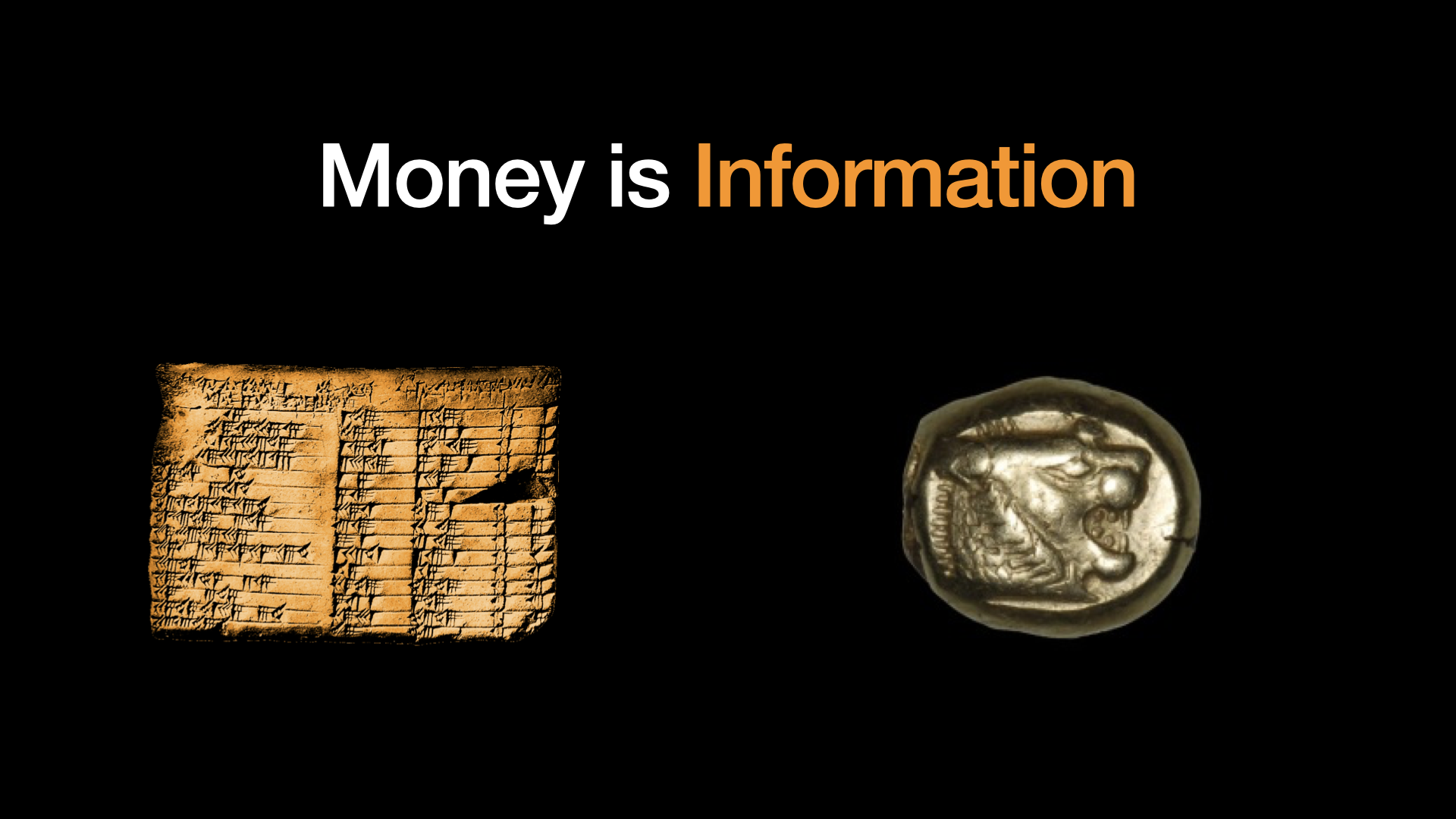
Physical tokens speak for themselves, lists do not.
Lists have the double-spend problem, require trust, have counter-party risk, and can be disconnected from reality. Physical tokens do not have these problems. That’s why cash is king.
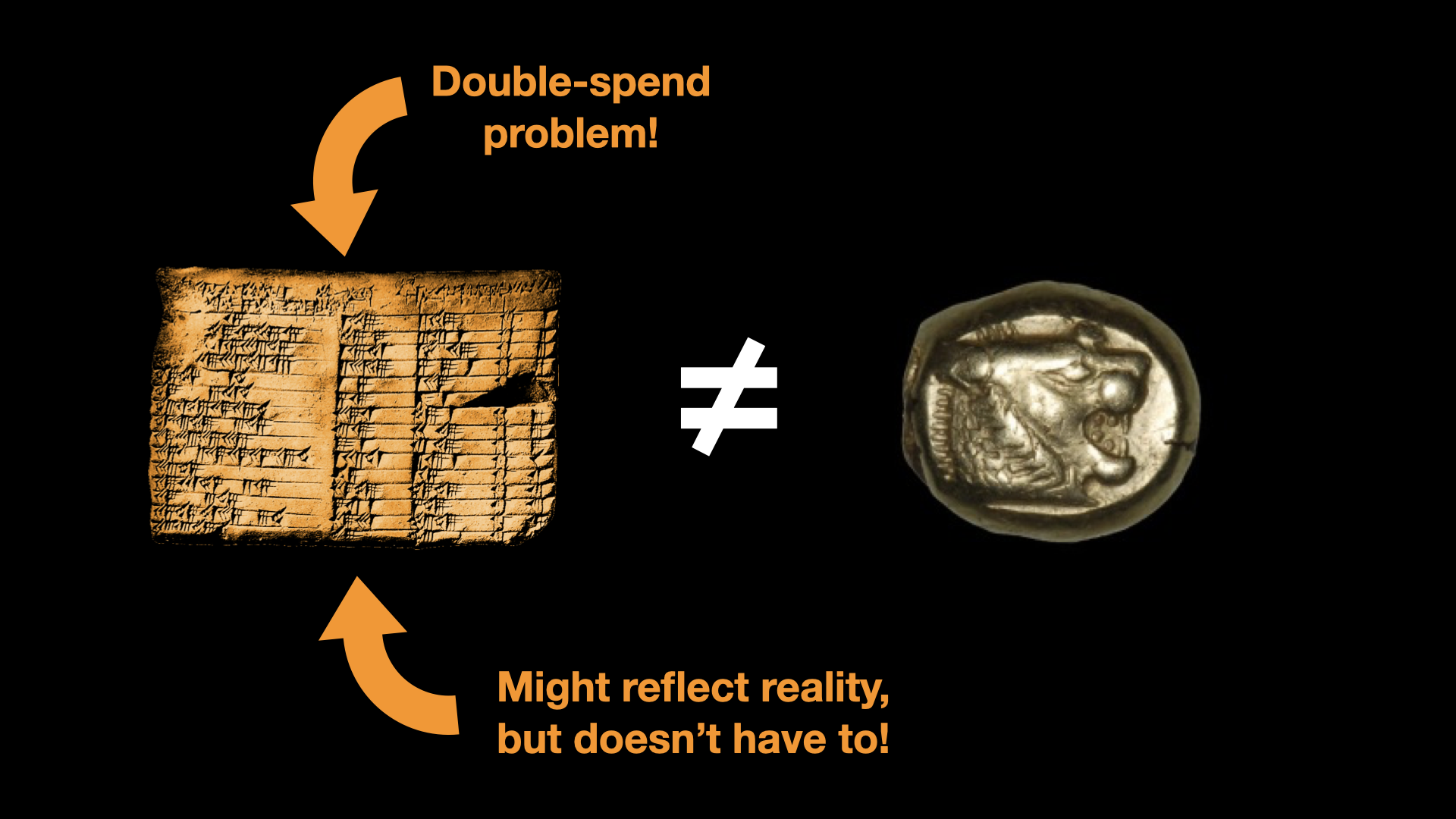
Additionally, physical tokens are usually costly to produce, require no permission to use, and can be validated easily. They have problems too: they can be forcefully taken away from you and can be counterfeit.

The root problem is this: once you try to map reality into an informational space, you take a “snapshot” of the current state of the world. The map is and always will be disconnected from reality. It is a snapshot at best, a lie at worst.

Every time you represent a real-world object as information, you run into the oracle problem: you need to trust someone that the information reflects reality accurately. Additionally, you need a trusted 3rd party to update the information as soon as the real world changes.

To keep the map and the territory in sync, you’d need magical lists that update themselves as soon as the underlying reality changes.
This is usually solved via centralization: one list is the source of truth. One trusted body is in charge of keeping the list up-to-date.
This is why “bananas on a blockchain” don’t work. This is why “gold-backed cryptocurrencies” don’t work. No physical object can ever be “put on a blockchain” without relying on a trusted third party.
This is also true for digital bananas, and hashes of digital bananas. The hash of the object is like a fingerprint. It has no permanent relationship to the object itself. There is an inherent disconnect.

NFTs don’t change that. The jpg that you “own” can be lost, corrupted, duplicated, or hashed & sold again to another fool. You own a hash of something that is not scarce and you can not recreate this thing from the hash alone. You own a garbled map and no territory.
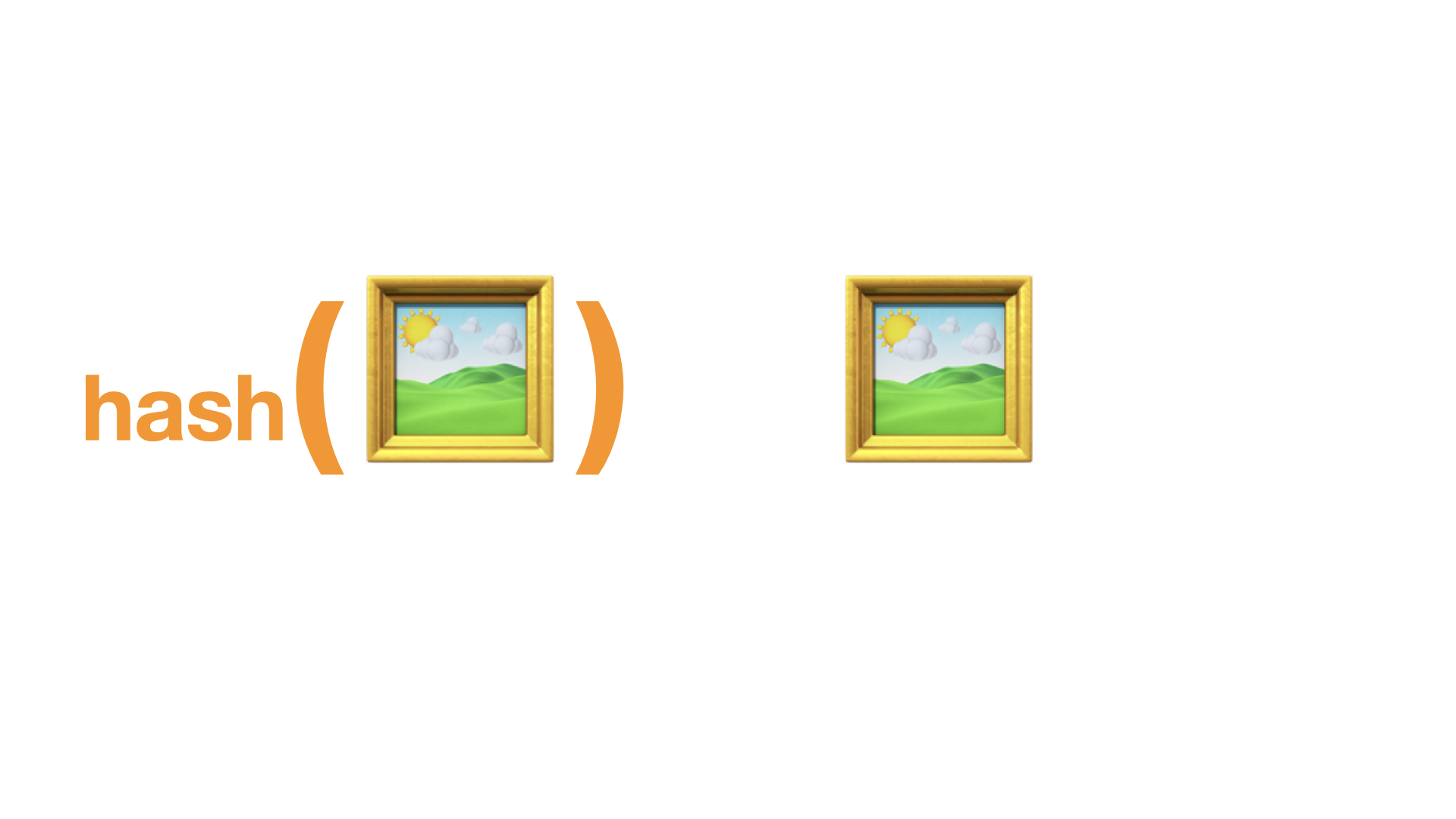
Bitcoin fixes this by going in the *opposite* direction.
It starts with information, and makes its own reality via its continued operation.
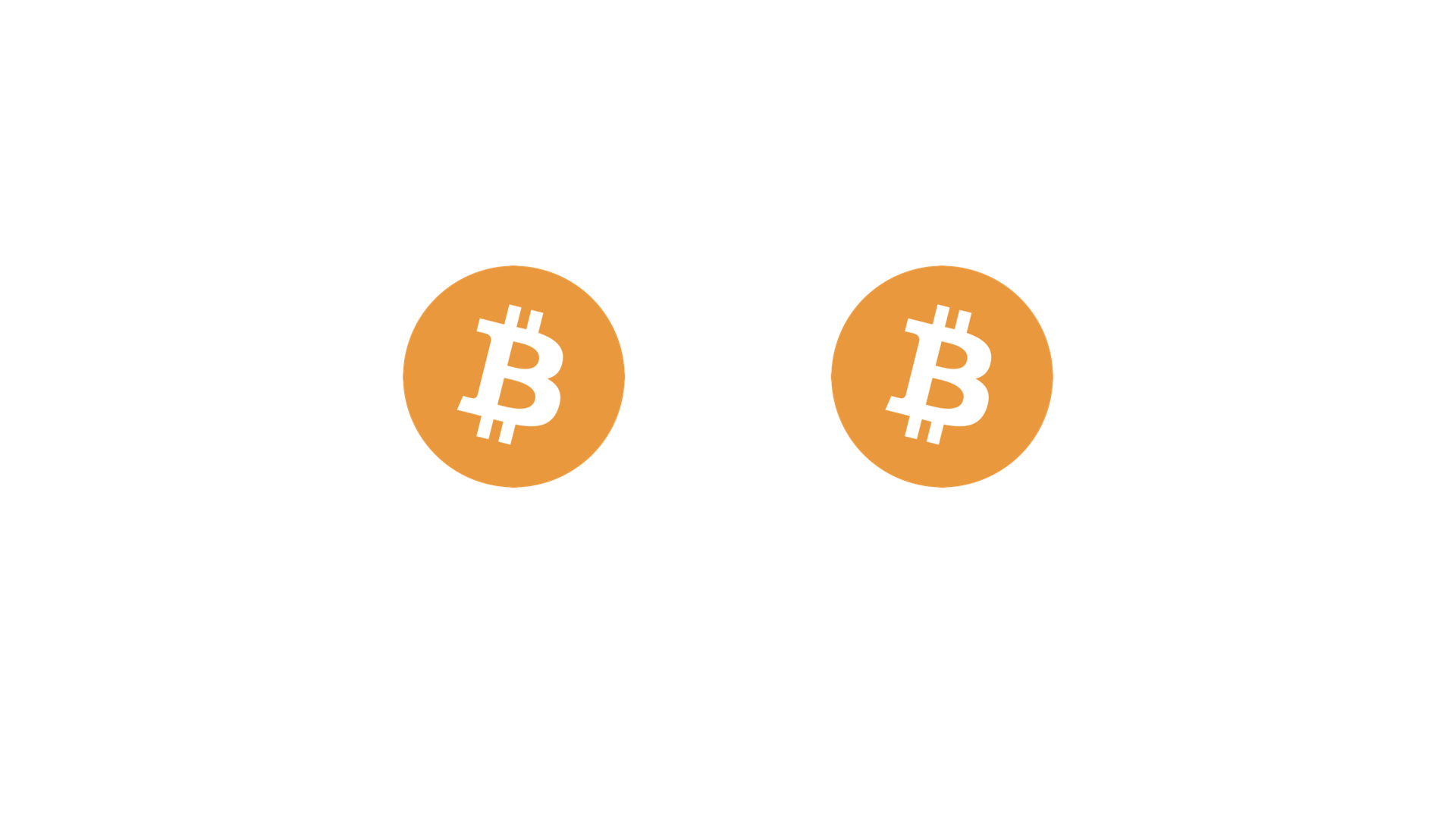
It defines the map and implies the territory. All participants voluntarily “act out” Bitcoin and a shared reality emerges because of it.
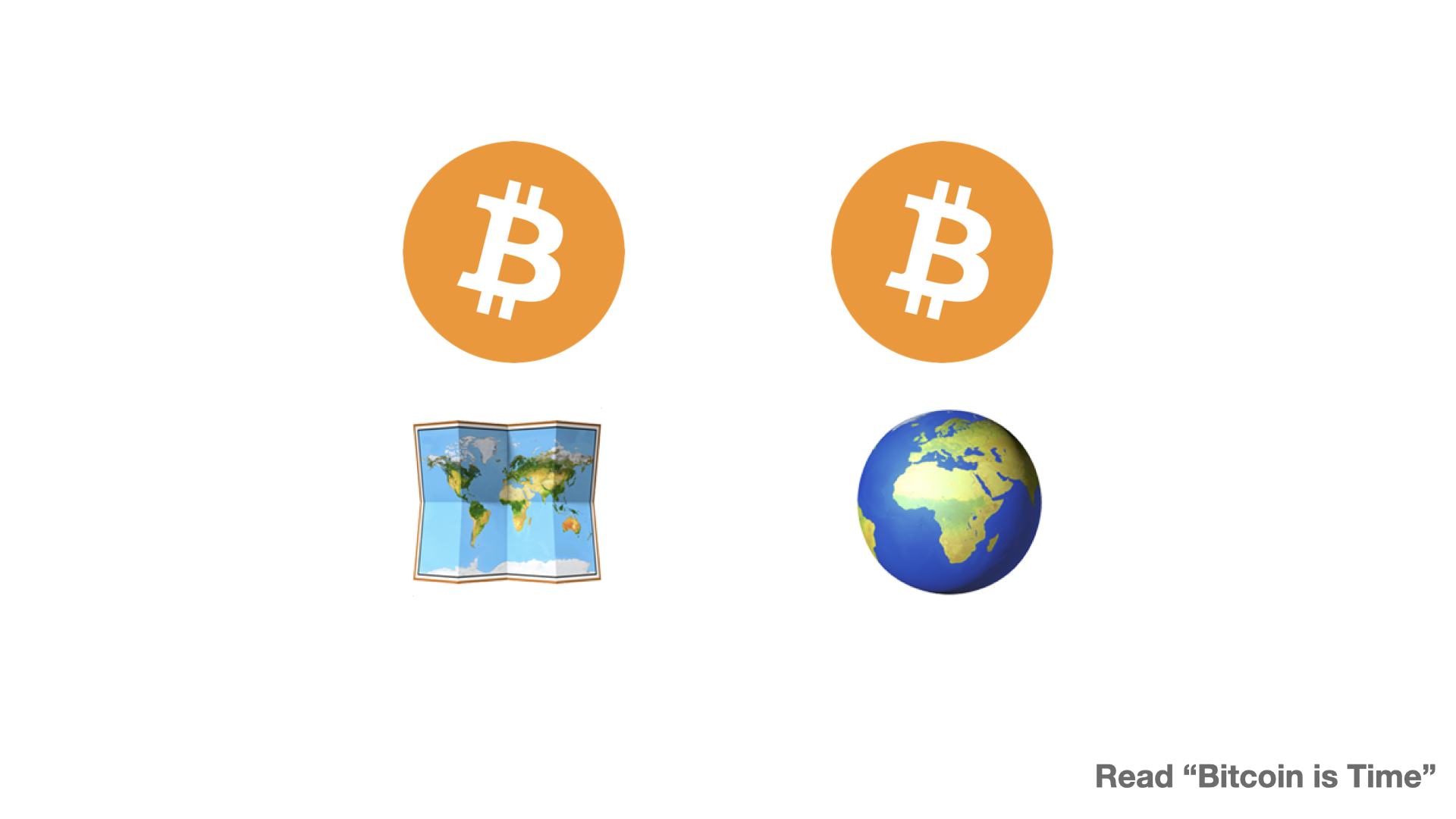
To run the informational construct that is Bitcoin, real electrons in the real world have to be pushed around.
You can not follow the rules defined in the Bitcoin protocol without real-world consequences and costs.
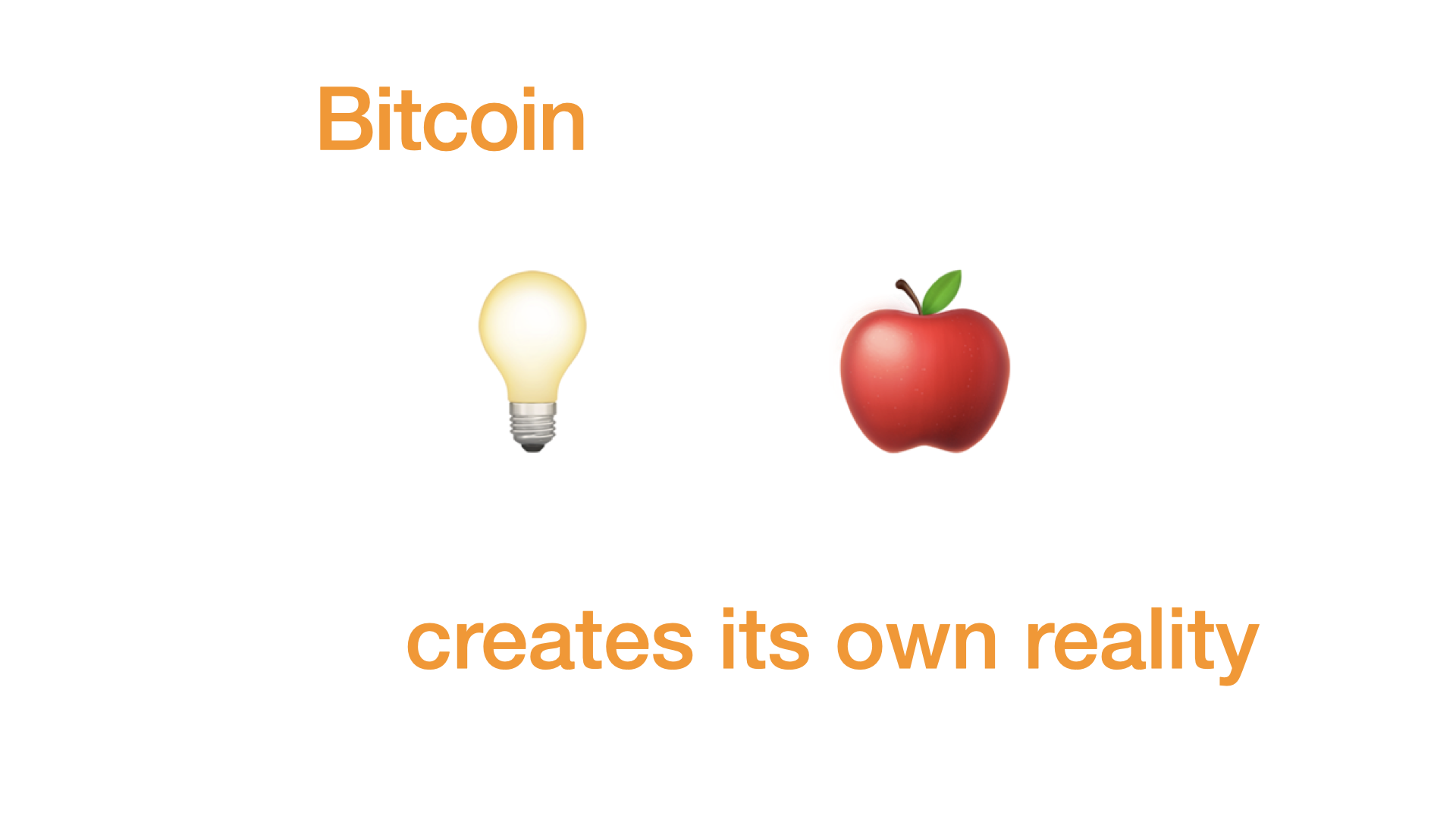
Bitcoin doesn’t create apples, of course. It creates blocks: informational constructs that follow a certain pattern.
Adhering to this pattern requires computation. And computation, in turn, requires time and energy.
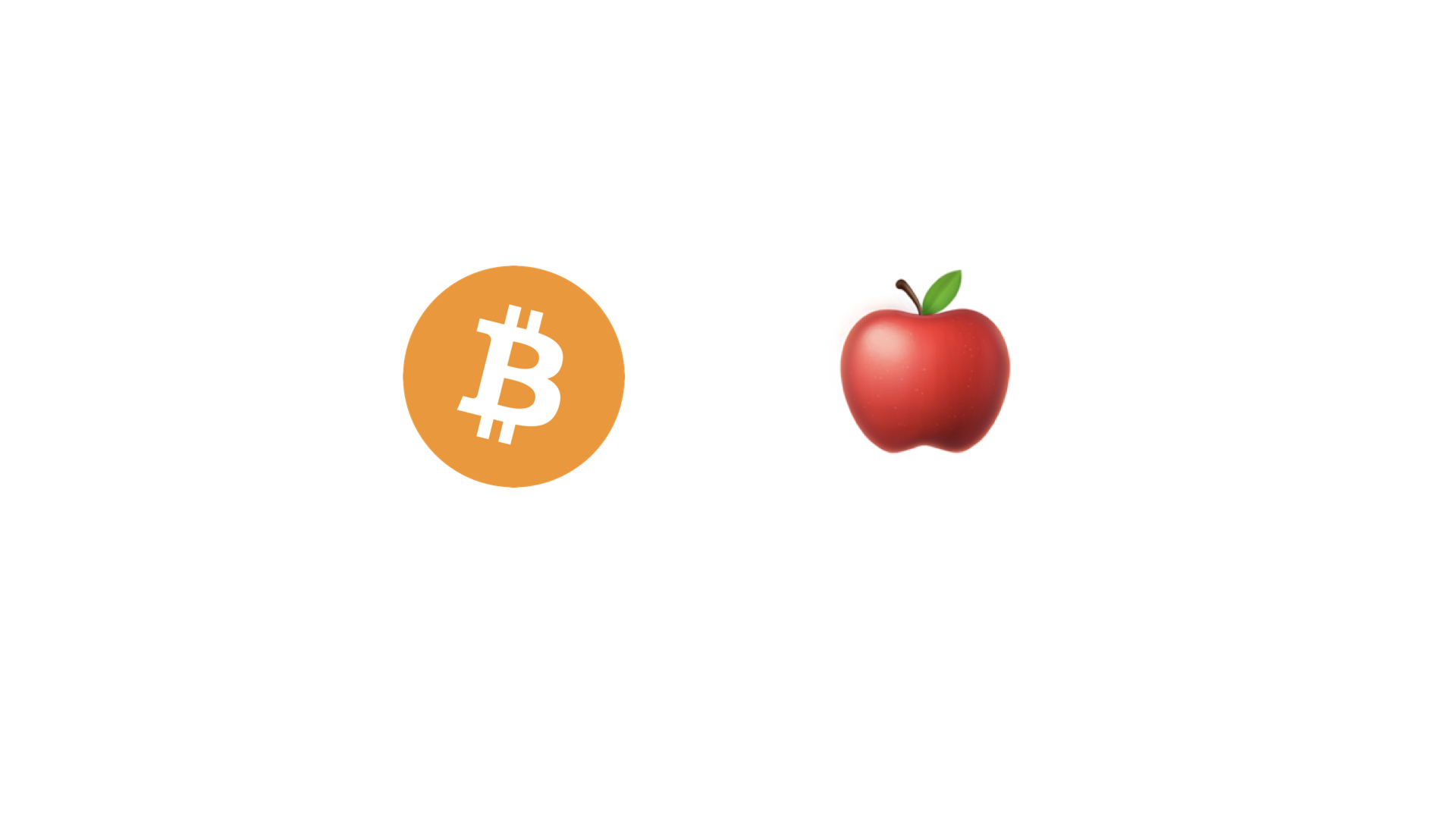
In other words: Bitcoin, the informational construct, starts a machine - the motor of the Bitcoin world, if you will - that produces valid ledger entries as its output.
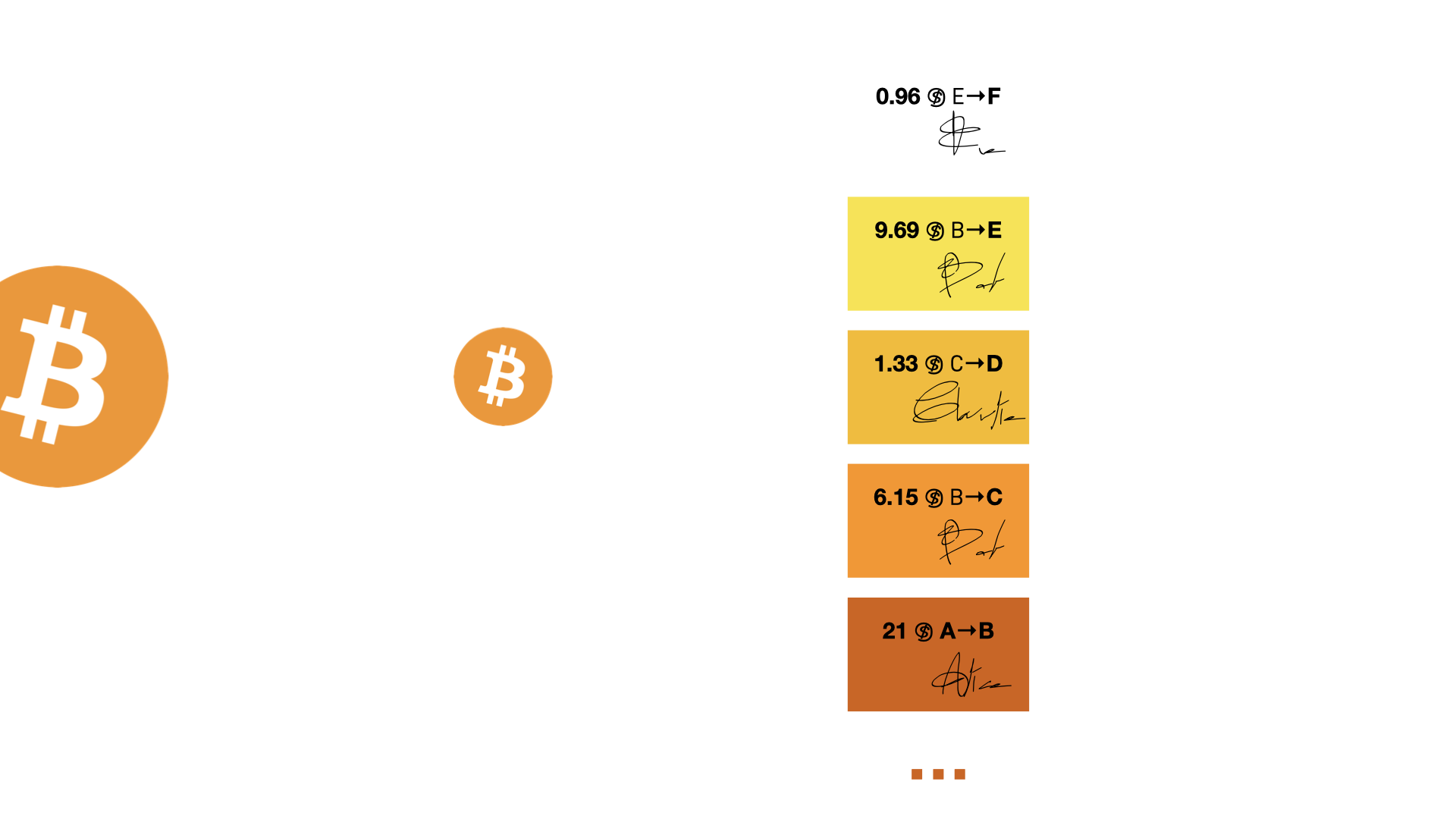
The genius of Satoshi was to embed a difficulty adjustment into the machine that ensures that the motor won’t stop. The difficulty adjustment is what makes the Bitcoin system an autopoietic system: capable of reproducing and maintaining itself.
All of it works precisely because proof-of-work requires energy. You can’t fake it. You can’t argue with it. You can’t get it for free. You will have to push around real electrons in the real world to find valid bitcoin blocks.
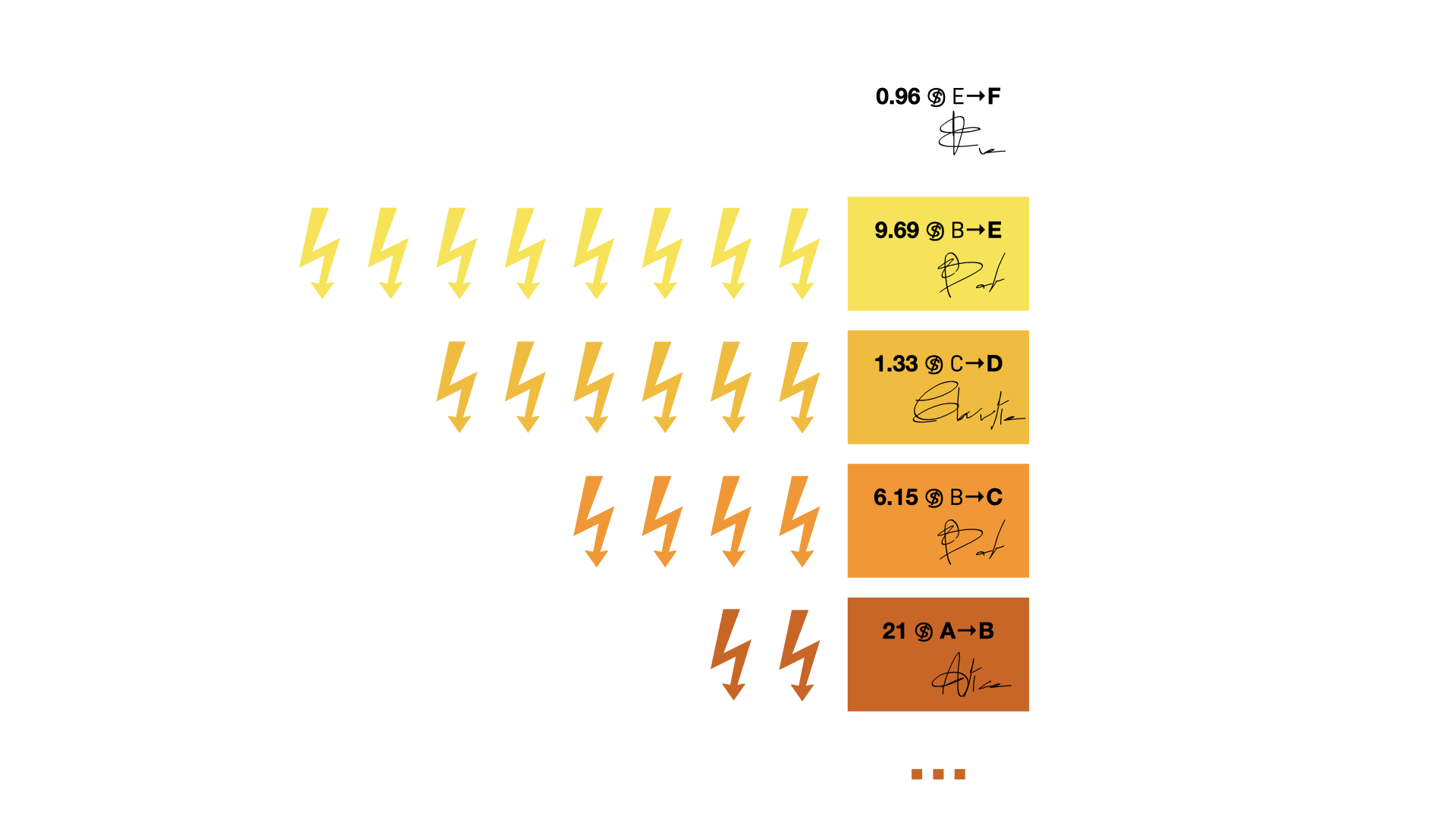
The fact that Bitcoin is probabilistic doesn’t matter. We can make sufficiently accurate statements about what happened in the real world by looking ONLY at information - nothing else.
Reality is probabilistically embedded in the information DIRECTLY.
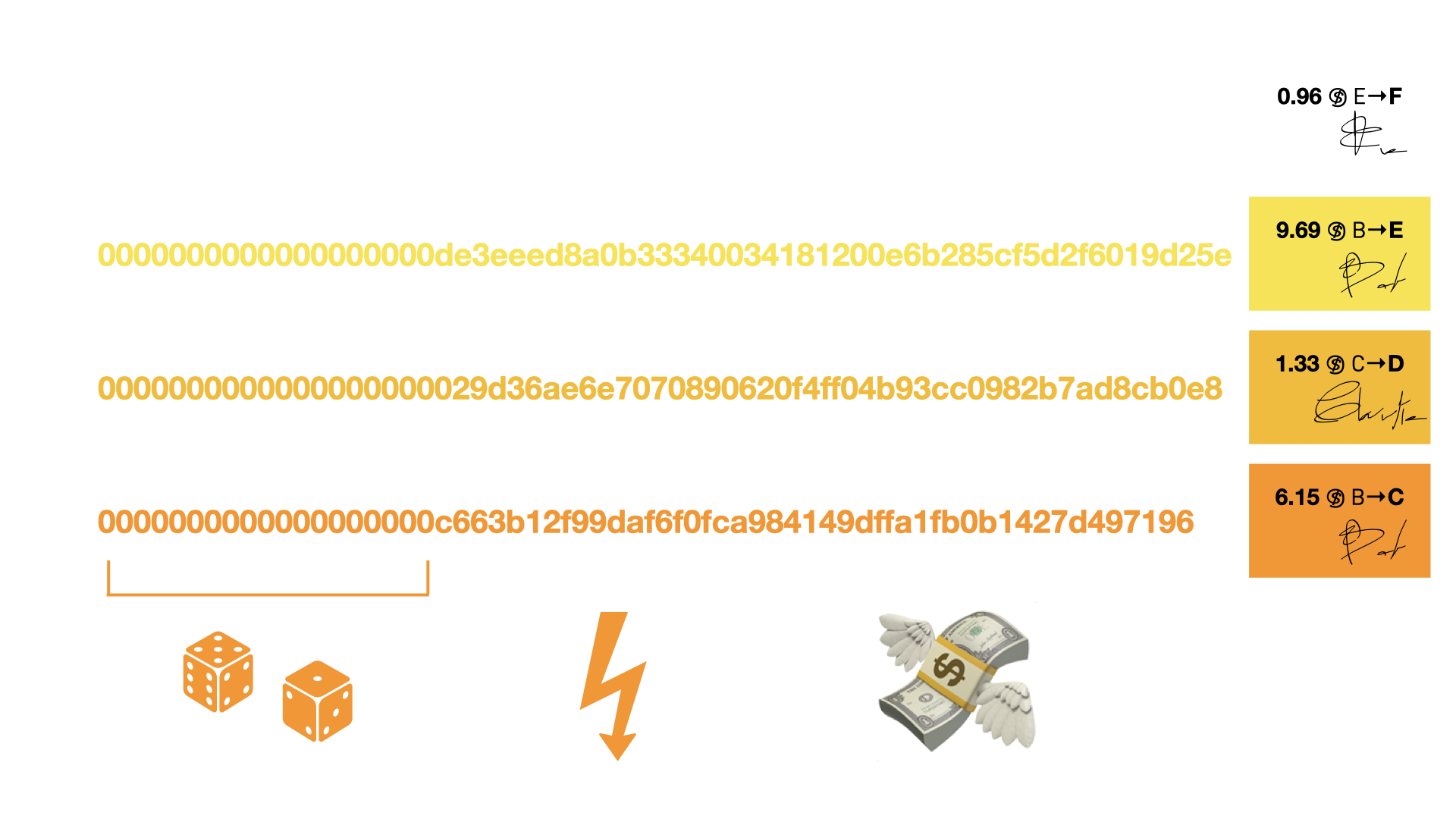
Ergo: In Bitcoin, the map is the territory.
We can infer everything we care about by looking at the map alone. We make probabilistic inferences about what had to happen in our universe for these numbers to appear.

If you understand this properly, it will blow your brains out. We can make accurate inferences about the real world - based on the laws of thermodynamics, information, and probability theory - by LOOKING AT A NUMBER.
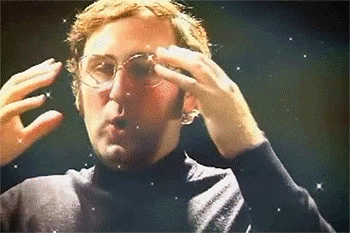
Because of this, the Bitcoin timechain is the most truthful record we have of past events. No other information comes close in terms of certainty when asking the question: “did this really happen?”
It is this fact that allows Bitcoin to be the base layer of our future.
I got an overwhelming amount of support over the last couple of years, which is why I often say that Bitcoin is Love. I often say it half-jokingly, but it is also profoundly true.
All interactions are voluntary. They have to be. Ideas are non-violent.
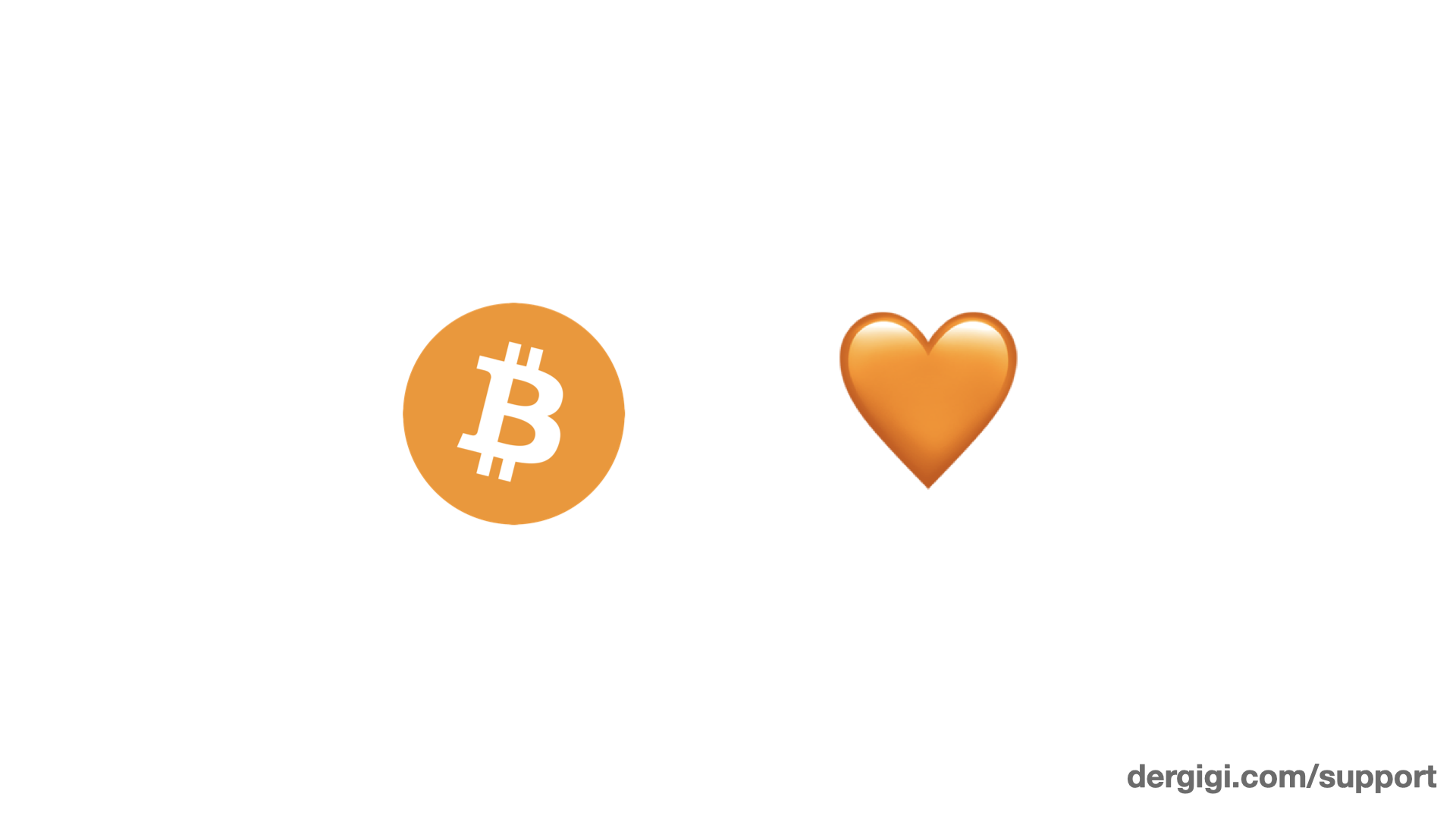
Fighting Bitcoin is fighting a global, voluntary, opt-in network, that does nothing but utilize math and physics to enable value transfer via the exchange of messages.
The game is on and we are winning.
Peace, Love, and Truth are on our side.
Bring it.

P.S: I hope to make the slides and the source material available soon, as well as publish the relevant chapters of my upcoming book as soon as they are good enough.
A recording of the original talk, given in German, is available on YouTube.
P.P.S: This talk was inspired by a comment by nvk - he was trying to explain these things to Lex Fridman. I would like to try too, but I am still blocked with Love by Lex.
Conversations
- 2022-05-14 Bitcoin Rapid Fire
on Truth, Love, and Bitcoin, hosted by John Vallis - 2021-08-10 ⭐ Jordan B. Peterson Podcast #S4E40
on Bitcoin and the Future of Money, with John, Richard, Breedlove hosted by Jordan B. Peterson
🧡
Found this valuable? Don't have sats to spare? Consider sharing it, translating it, or remixing it.Confused? Learn more about the V4V concept.